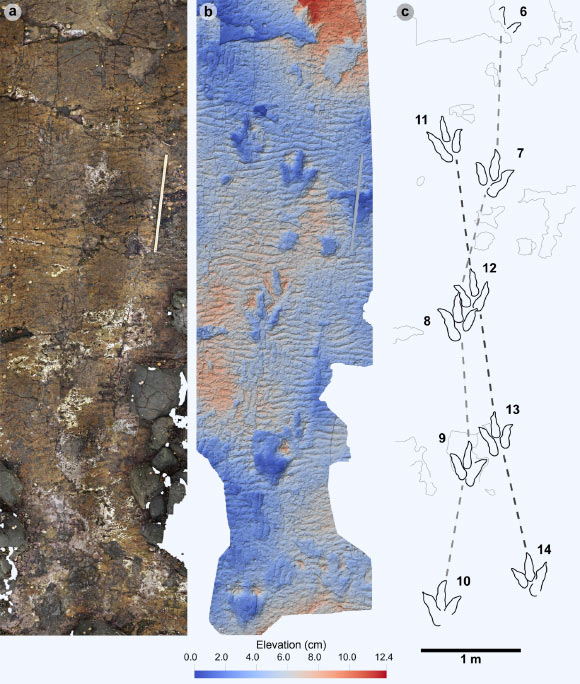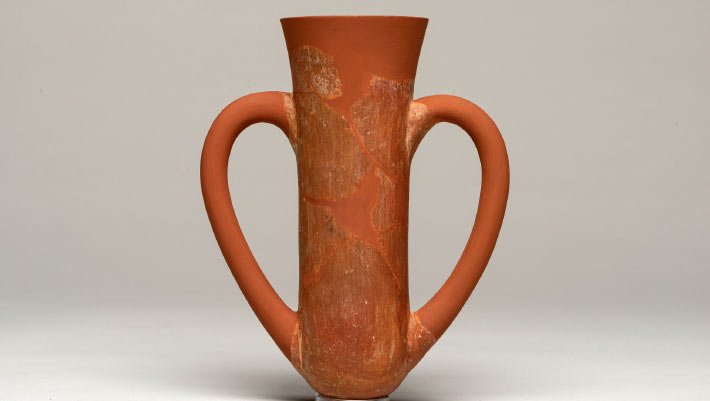Now Reading: 167-Million-Year-Old Dinosaur Footprints Discovered on Scotland’s Isle of Skye
-
01
167-Million-Year-Old Dinosaur Footprints Discovered on Scotland’s Isle of Skye
167-Million-Year-Old Dinosaur Footprints Discovered on Scotland’s Isle of Skye

Quick Summary
- Paleontologists discovered 131 dinosaur footprints from the Middle Jurassic period (167 million years ago) at Prince Charles’s Point on Skye’s Trotternish Peninsula.
- The footprints include three-toed tracks from carnivorous theropods and larger round tracks from quadrupedal sauropods, ranging between 25 to 60 cm in size.
- Likely trackmakers were species similar to Megalosaurus (theropod) and Cetiosaurus (sauropod), based on comparisons with UK skeletal fossils.
- Footprints were found in rippled sands within an ancient subtropical lagoon, suggesting the dinosaurs preferred shallowly submerged environments over exposed mudflats.
- Sequential tracks span as long as 12 meters,indicating slow walking gaits without consistent interaction or direction.
- Theropods dominate thes tracks compared to other localities, pointing to possible environmental differences in lagoon habitats during this time period.
- No evidence of stegosaurs or ornithopods was found at this site, but reasons for their apparent absence remain speculative.
Indian Opinion Analysis
This discovery of prehistoric footprints on Scotland’s Isle of Skye offers compelling insights into dinosaur behavior and evolution during the Middle Jurassic-a critical phase for global ecosystems preceding India’s own geological shifts toward Gondwana landmass separations.The detailed study draws attention not only to scientific aspects but also highlights how specific environments-such as subtropical lagoons-played a role in shaping species preferences globally across continents during that era.
For Indian researchers studying paleontology or ancient megafauna ecology, such findings underscore the need for more localized investigations into comparable formations across India’s vast regions like Rajasthan’s Jaisalmer Basin or Gujarat’s Kutch area known for similar ancient terrestrial records.
India could leverage international collaborations with paleontological teams worldwide thanks to its rich diversity of fossil-bearing sedimentary landscapes spanning eras akin to those studied here-all aiding a broader understanding of Earth’s evolutionary patterns.

























